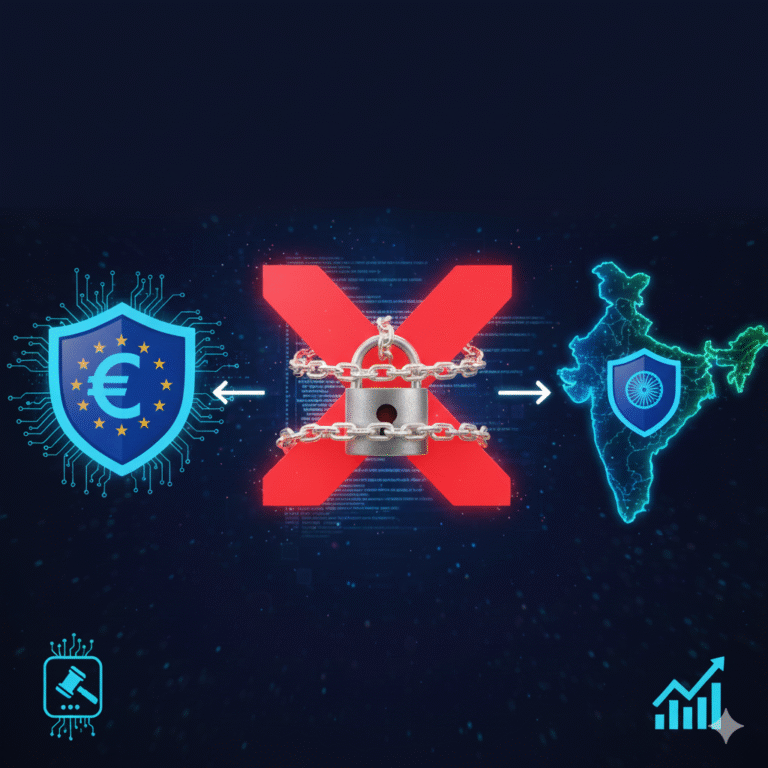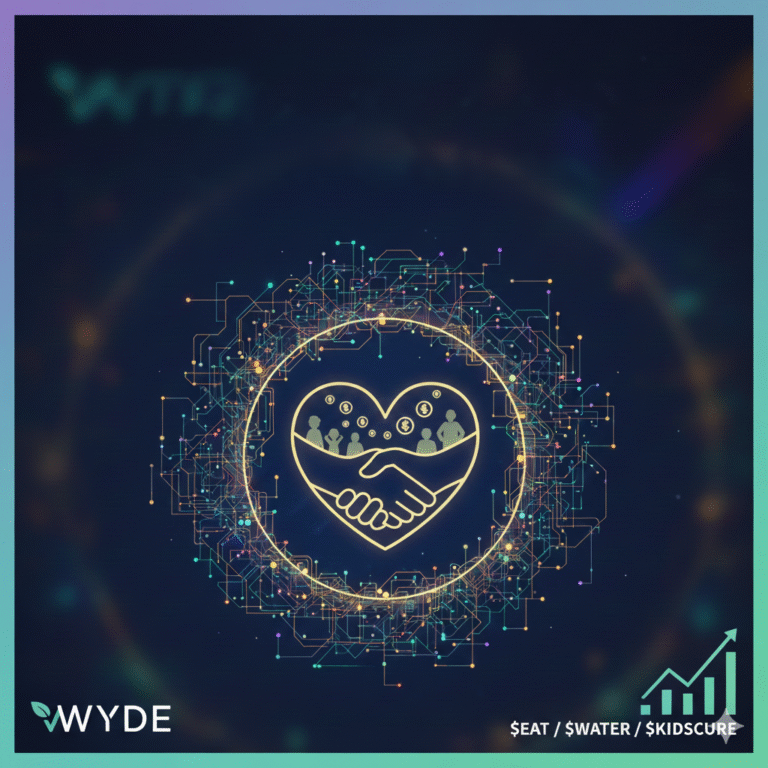The digital world is at the brink of a groundbreaking transformation. As classical internet technology continues to evolve, a revolutionary concept is taking shape: the quantum internet. This next-generation network promises unprecedented levels of speed, security, and computational power. But among its many potential applications, one of the most transformative lies in cybersecurity.
Cybersecurity has long been the battleground between innovation and vulnerability. The rise of quantum internet, leveraging the principles of quantum mechanics, is poised to shift this balance—redefining how data is protected and transferred across networks. This article dives deep into the emerging realm of quantum internet, its implications for cybersecurity, and what it means for the digital world.
Understanding the Quantum Internet
What Is the Quantum Internet?
The quantum internet is a theoretical and emerging communication network that uses quantum signals instead of classical signals to transmit data. At its core, it relies on phenomena such as quantum entanglement and quantum superposition to facilitate information exchange.
Unlike traditional internet infrastructure that sends bits (0s and 1s), quantum internet transmits qubits, which can exist in multiple states simultaneously. This property opens doors to faster processing and, most importantly, near-unbreakable security protocols.
Key Technologies Powering the Quantum Internet
- Quantum Key Distribution (QKD): Allows secure communication by enabling two parties to produce a shared random secret key, which can be used to encrypt and decrypt messages. If a third party tries to intercept, the quantum state collapses, alerting the participants.
- Quantum Repeaters: Extend the range of quantum communication by overcoming the loss of quantum signals over long distances.
- Entangled Photon Sources: Provide the necessary entanglement that makes quantum communication viable.
Cybersecurity in the Classical Internet Age
Existing Threat Landscape
Today’s internet, while robust, is increasingly vulnerable to threats such as data breaches, ransomware, and phishing attacks. Traditional encryption methods like RSA and AES depend on mathematical complexity, which is being threatened by both computational advancements and, eventually, quantum computers.
Weaknesses of Classical Encryption
- Predictable Algorithms: With sufficient power, current algorithms can be broken.
- Data at Rest Vulnerability: Stolen encrypted data today can be stored and decrypted later using quantum computers.
- Lack of Real-Time Breach Detection: Current systems may take days or weeks to detect breaches.
Quantum Internet as a Cybersecurity Game-Changer
Quantum Key Distribution: A Paradigm Shift
QKD is already being hailed as the most secure method of communication. Since any attempt to observe the quantum key alters its state, it becomes immediately clear that a breach is underway. This makes QKD effectively immune to undetected eavesdropping.
Post-Quantum Cryptography
While quantum internet is still in development, the cybersecurity world is already preparing for the quantum future by developing post-quantum cryptographic algorithms. These are designed to be resistant to attacks by quantum computers, even over classical channels.
Quantum-Safe Authentication Protocols
Quantum internet may support multi-factor authentication using quantum-safe methods. These techniques can validate users and devices in ways that are resistant to all known quantum attacks.
Blockchain Meets Quantum
Blockchain, widely celebrated for its security features, is also under threat from quantum computing. Quantum internet could help by establishing quantum-resistant consensus mechanisms and integrating QKD into blockchain networks.
Real-World Applications and Pilot Projects
China’s Quantum Satellite
China has taken the lead in quantum communication with its Micius satellite, which achieved entangled photon transmission over 1,200 kilometers—demonstrating the feasibility of global-scale quantum communication.
Quantum Networks in the U.S. and Europe
- DARPA Quantum Apertures Program aims to create quantum communication hardware.
- EU’s Quantum Flagship Program includes developing a European quantum communication infrastructure (EuroQCI).
Quantum Secure Banking
Banks are experimenting with quantum-safe protocols for secure transactions. QKD is being tested in inter-bank communication, drastically reducing the risk of data interception.
Challenges and Limitations
Infrastructure Hurdles
Quantum internet requires a completely different infrastructure. Quantum repeaters, quantum routers, and entanglement distribution networks are not readily available or scalable yet.
Cost and Scalability
Building quantum networks is expensive and resource-intensive. It will take years, if not decades, before quantum internet becomes accessible at scale.
Standardization Issues
There is a lack of universal protocols and standards for quantum communication, which hampers interoperability and international deployment.
What This Means for Governments and Enterprises
Government Policy and Regulation
Governments must prepare by updating cybersecurity policies, investing in quantum research, and fostering international collaborations.
Enterprise Risk Management
Companies will need to assess how quantum risks affect their cybersecurity strategies. Migration to quantum-resistant solutions must begin now to stay ahead of future threats.
Data Privacy and Ethics
With greater power comes greater responsibility. Quantum communication could raise new ethical questions around surveillance, data ownership, and privacy boundaries.
The Road Ahead: Timeline and Predictions
Short-Term (1–5 Years)
- Increase in post-quantum cryptography adoption
- Expansion of pilot projects in major cities and critical industries
Medium-Term (5–10 Years)
- Development of quantum intranets for financial and governmental institutions
- Emergence of quantum-safe security as an industry standard
Long-Term (10–20 Years)
- Full-scale quantum internet becomes available to consumers
- Rewriting of internet infrastructure to integrate quantum communication fully
Conclusion: Securing the Future with Quantum Trust
The quantum internet is not just another step in technological evolution—it’s a paradigm shift. As it transitions from theory to reality, it brings along the promise of transforming the digital security landscape. For cybersecurity, it represents a future where breaches are detectable in real time, data remains secure even in transit, and adversaries are deterred by the very laws of physics.
To thrive in this new quantum era, preparation starts today. Whether you’re a policymaker, tech executive, or curious citizen, understanding and adapting to quantum communication will be key to navigating the digital future safely and smartly.
Also Read:
How Quantum Networks Will Revolutionize Data Transmission









+ There are no comments
Add yours